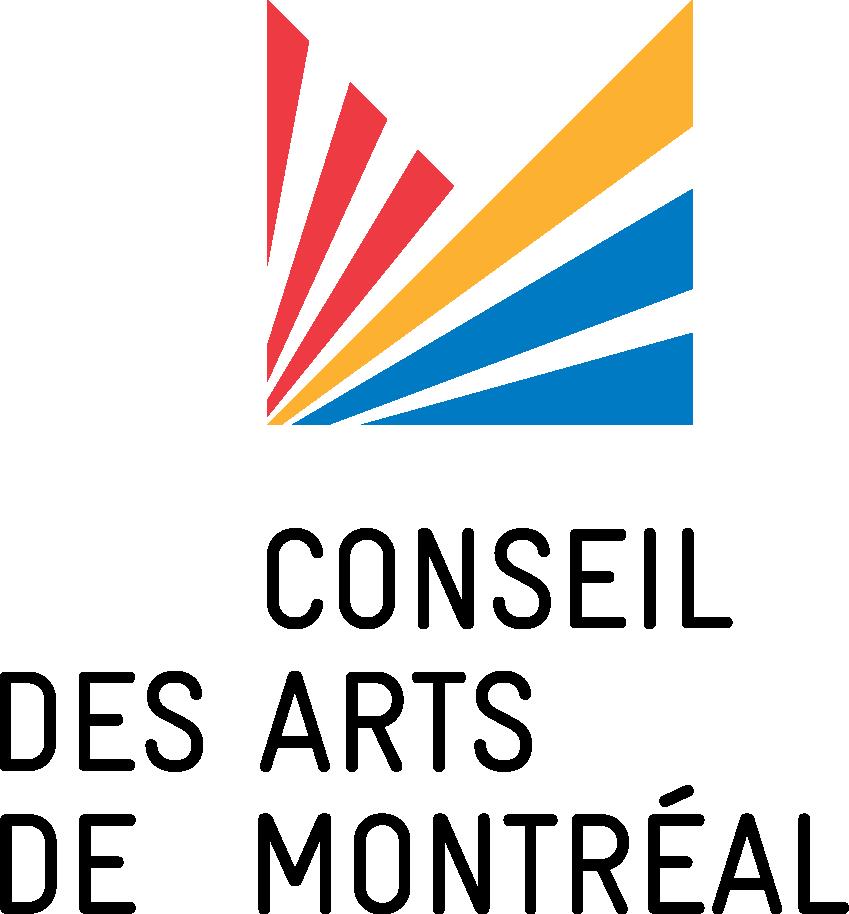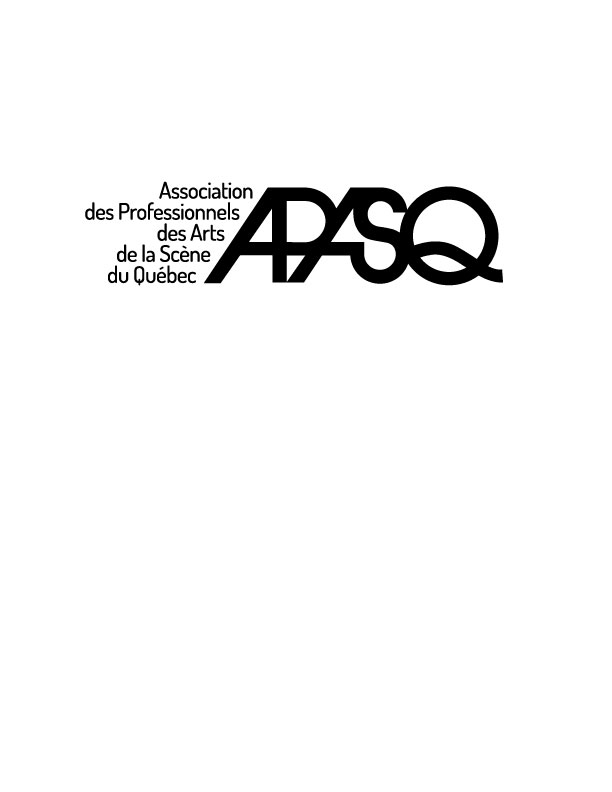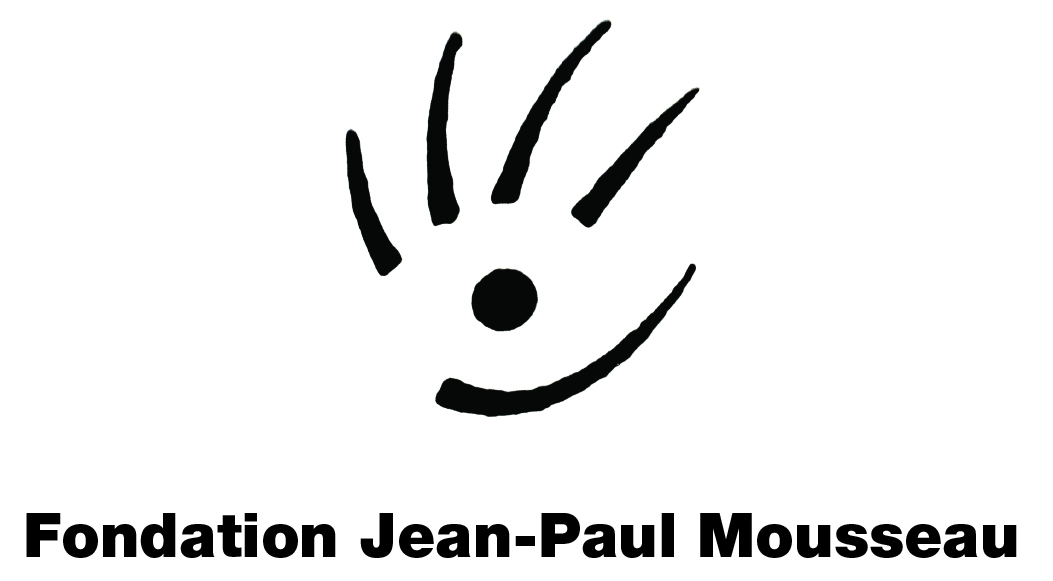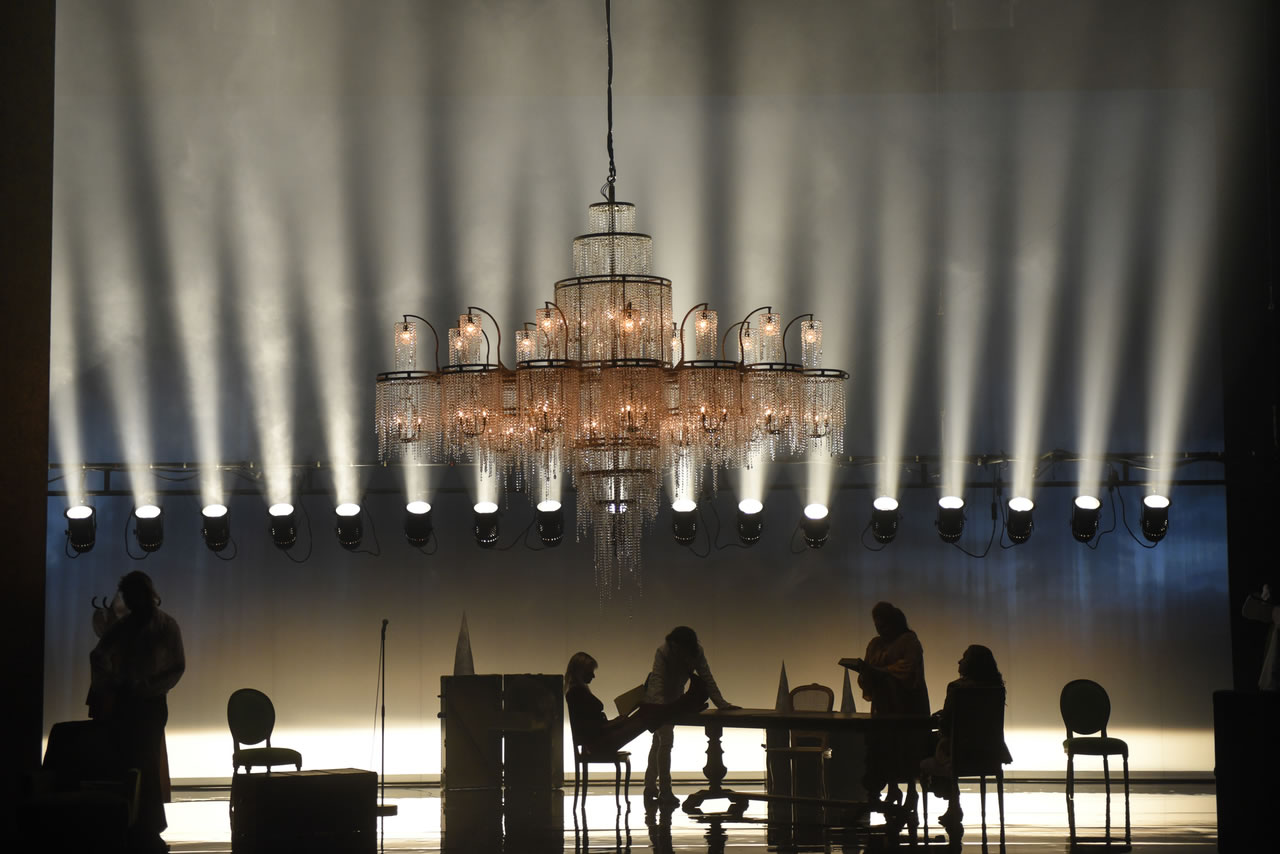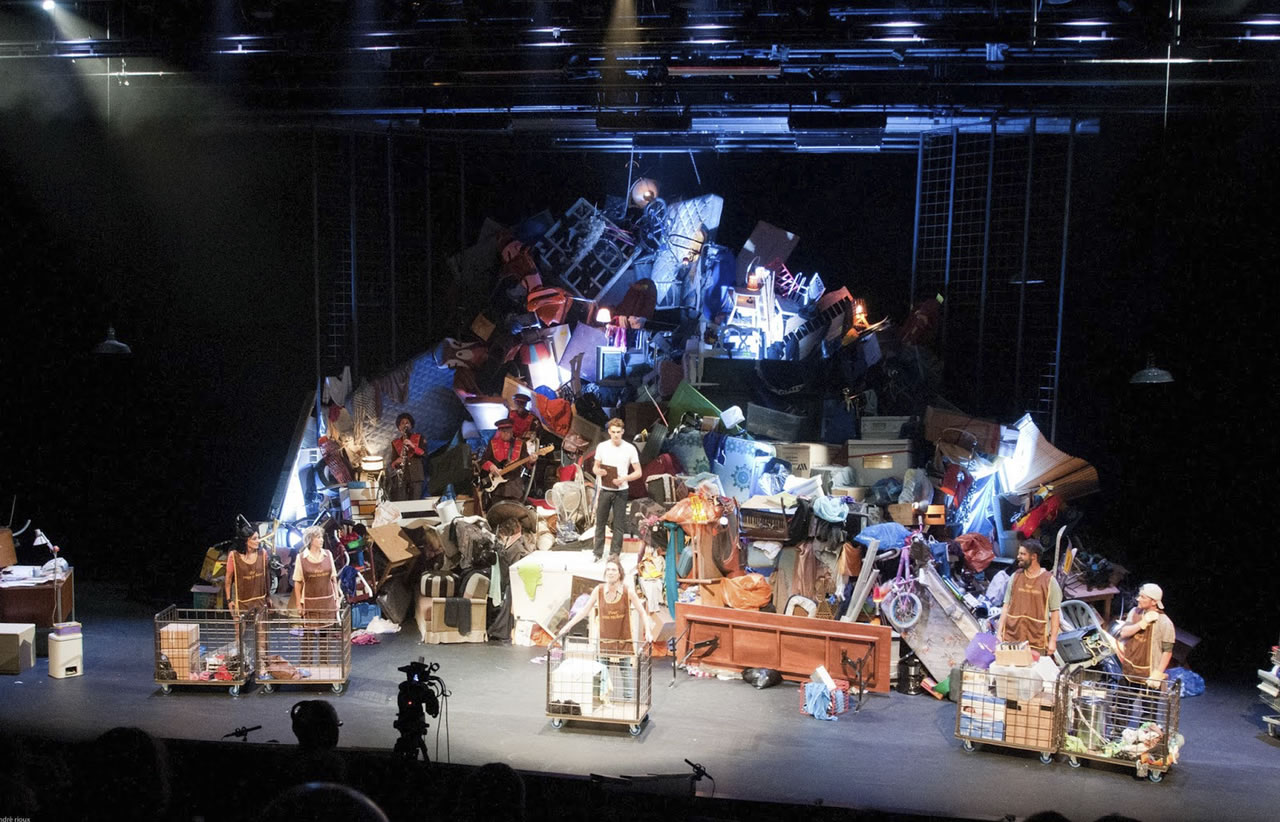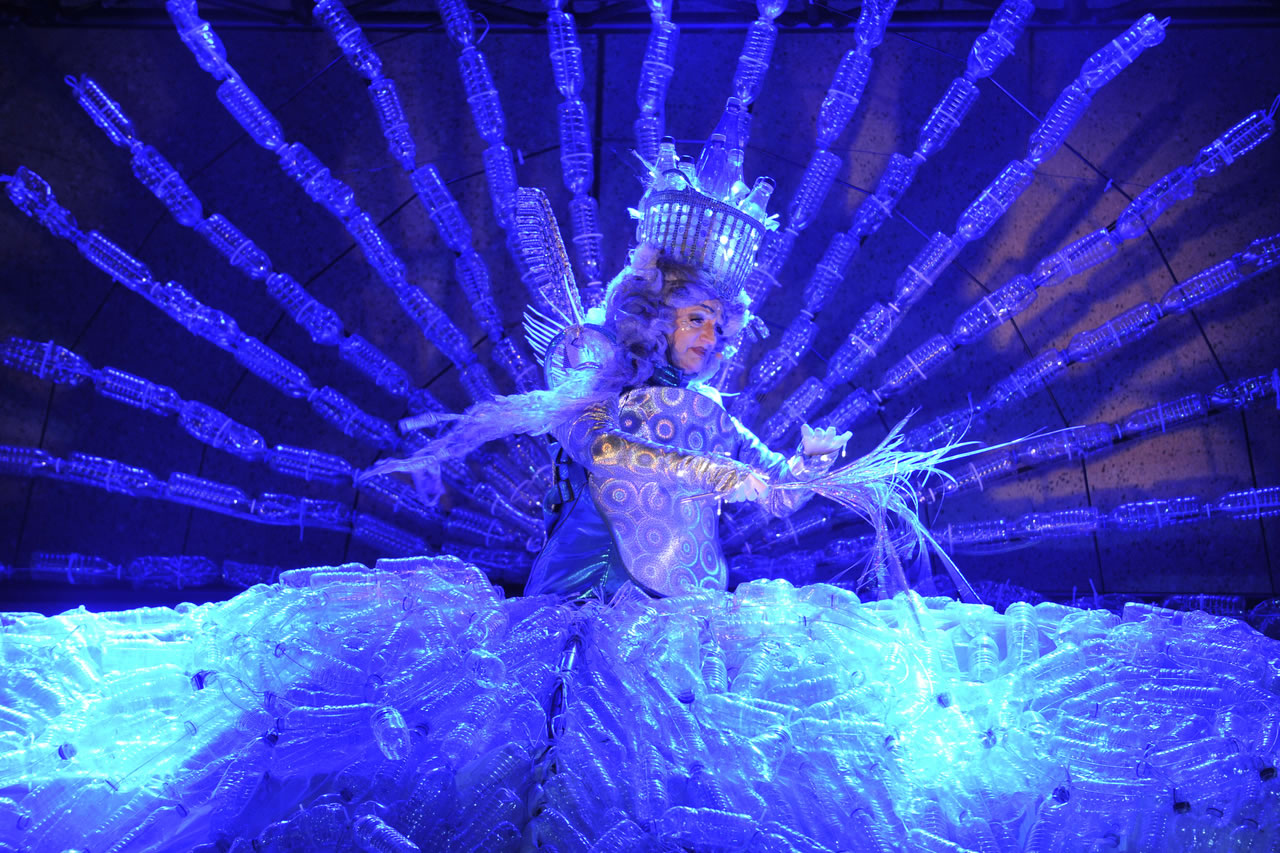Après/After
We know it; we are experiencing an unprecedented ecological crisis. If we do not change the way we do things now, global warming will disrupt the world in which our children will live.
The curator of the Québec exhibition wishes to explore the profound transformations that we must address today as designers in order to invent together a scenography of the future.
Unavoidable in societal debates at a worldwide level, environmental issues must now be applied to our ways to create, build, produce, and teach the performing arts professions. Designers have difficulty experimenting with new paradigms that align them with the ecological footprint of their work. Caught in our habits, trapped by the lack of space, out of breath from the frenetic pace of productions and led on by the extent of our imaginations, the challenge is great.
This exhibition chose to highlight an aspect of creation that is rarely shown: the waste generated by these magnificent works. Designs are presented under four categories. The first section addresses issues of obsolescence of scenic technology, the second section shows sets that have generated a large amount of waste, another presents materials associated with the body, and the last section proposes works that have an ecological conscience in the design itself.
Québec therefore presents the achievements of designers with diverse practices, questioning them on the conflict between their artistic vision and their environmental awareness. It also offers a friendly space for exchange and reflection with visitors, to try to collectively find avenues for solutions. The exhibit seeks to shed light on each part of the production process in an attempt to modify it. How do we approach decline whilst continuing to innovate? How do we work more humbly whilst continuing to grow? Environmentalism is doomed to fail if it is thought of in an anti-creative perspective. We are a hardworking and inventive species. Creation and progress cannot be seen as the enemy. Who knows, theatre could hold the key to a renewed environmentalism for the world to come?
Website:
apres-after.org
Country/Region Quebec
Presenting Organization Association des professionnels des arts de la scene du Québec
Curator Jasmine Catudal
Curatorial Team Viviane Morin, Patrice Charbonneau-Brunelle, Robin Brazill, Samuel Thériault, Jérémie McEwen
Artists Richard Lacroix, Genevieve Lizotte, Marie-Renée Bourget Harvey, Élene Pearson, Ivanie Aubin-Malo, Cadie Desbiens-Desmeules, Jérémie Battaglia, Cédric Delorme-Bouchard, Philippe Lessard Drolet, Alexandre Pilon-Guay, Odile Gamache, Romain Fabre, Antonin Sorel, Max-Otto Fauteux, Anick La Bissonniere, Elen Ewing, Angelo Barsetti, Linda Brunelle, Benoît Lachambre, Julie Andrée T
Team Production team: Alain Jenkins, Éric Henry, MACHINE DA, Sandrick Maturin; APASQ committee: Mathieu Marcil, président de l’APASQ, Raymond-Marius Boucher, président de la fondation Jean-Paul-Mousseau, Laurier Rajotte, Mélanie Robinson, Sébastien Dionne
photo Yves Renaud (Photo),Danièle Lévesque (set), Marie-Chantale Vaillancourt (costume), Cédric Delorme-Bouchard (lighting design), Alice Ronfard (Dir), Théâtre du nouveau Monde , André Rioux (photo), Richard Lacroix(set), Suzanne Harel (costume), André Rioux (lighting design), Loïc Lacroix Hoy (accessories) Simon Boudreault (Dir), Théâtre Jean-Duceppe en collaboration avec Simoniaques Théâtre et le Centre du Théâtre d'Aujourd'hui, Louise Leblanc (photo), Élène Pearson (production design), Marie-Hélène Poulin (actress), Où tu vas quand tu dors en marchant...? Carrefour international de théâtre, ville de Québec
Partners


